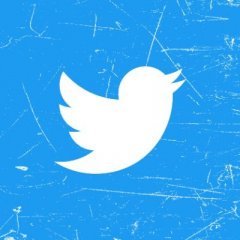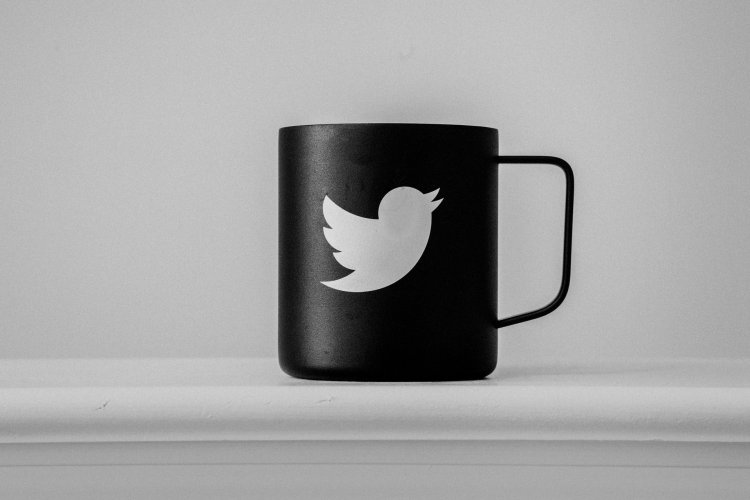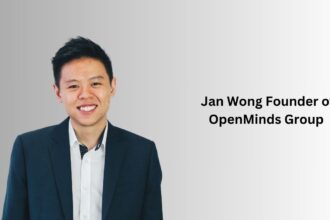The Southeast Asia region went through a collective shift in 2020 – people have experienced multiple stages of emotions and had to re-learn how to navigate the day-to-day. However, as people in Singapore familiarise themselves with the new normal and start to plan again, conversations have slowly shifted to reflect the change in mindset, with 2021 being the year of re-evaluated priorities, which has also impacted consumption habits.
Twitter has always been the go-to place to discuss and share #WhatsHappening – and physical isolation and social distancing only saw online chatter grow exponentially, from rallying cries to unite communities all the way through to tips, reviews and recommendations for products and goods. For example, #BeautyTwitter and #HealthTwitter global conversation volumes both grew by 16% and 52% YOY respectively.
Indeed, as we delve deeper into the zeitgeist of each market, we are able to see a direct correlation with the bigger conversations, passions and concerns driving society as reflected on Twitter, and local consumption habits – all the way through to Consumer Packaged Goods (CPG).
According to Twitter’s newest report, key trends have emerged to shape Singaporean conversations and consumption habits around food, beverage, personal and home care on Twitter.
1. Conscious consumption infiltrates supermarket runs
2020 was undoubtedly one of the longest years of our lives as we were kept indoors like never before. With travel impossible, and even shopping malls shut, it’s no wonder then that the year was filled with endless supermarket runs as Singaporeans flocked to grocery-shopping for a brief respite from lockdown measures.
Embeddable Tweet: https://twitter.com/teejayanu/status/1305475126536806402
But as we excitedly purchased perishable goods like packed food and beverages, and stayed connected to friends and family by sending food deliveries, our attention and care towards the environment increased. With the use of disposable plastic soaring amidst dining bans, people in Singapore started to show more concern for our climate – resulting in conscious consumption becoming a trend, giving rise to hashtags such as #zerowaste packaging.
Embeddable Tweet: https://twitter.com/SunGoddessTarot/status/1371278617162883074
2. Striking a balance between bubble tea and healthier alternatives
It appears that no beverage holds greater importance to Singaporeans than the beloved bubble tea. For a brief few months when these stores were forced to close, key spikes in conversation on Twitter were observed as people learned to cope without their favourite drink – and then binged upon its return.
Embeddable Tweet: https://twitter.com/amasna/status/1252802268774072321
But as normalcy eventually returned, perhaps Singaporeans decided they’d gone too far for their milk tea fixes? In 2021, conversations turned to an exploration of dairy alternatives for their drinks, embracing plant-based milk like oat and soy. Drinking water also became an essential part of self-care as we prioritised health more.
3. Naturally adventurous hairdos
While we were stuck indoors with few opportunities for social gatherings, Singaporeans continued indulging in hair care, creating two notable and seemingly contradicting trends. Some have embraced their natural hair textures, while others, inspired by hair idols like K-pop stars, have bravely experimented with striking colours of blue, green, purple, and pink. When hairdressing services were halted towards the middle of 2020, we also saw more men going against tradition and exploring longer hairstyles.
Embeddable Tweet: https://twitter.com/MentalistC_/status/1253808942175551488
4. Caring for the skin and mind
Unsurprisingly, the emergence of the COVID-19 virus threw a spotlight on personal hygiene, triggering many conversations around staying clean and safe. And as the pandemic dragged on far longer than anyone expected, Singaporeans soon shifted focus from basic hygiene to overall wellness and conversations on this topic grew by 10% from April to May this year. In addition to skincare routines, mental wellness took precedence as people sought peace and control amidst the uncertainty.
Embeddable Tweet: https://twitter.com/retsiv/status/1425729750530596864
5. Protecting the house and improving the home
As the safest haven for most people, houses were disinfected with a frenzy at the start of the pandemic. And while the early panic has since dissipated, Singaporeans’ desire to keep their homes safe and protected is likely to continue for a while longer, reflected by the 30% growth in Tweets from April 2021 to May 2021. With so much time being spent within the same walls, people are also paying more attention and identifying new opportunities to enhance their homes. When festive periods approach and guests are expected, interest in resetting or refreshing spaces also increases.
Embeddable Tweet: https://twitter.com/mintea/status/1222367829833289734
As more time, more energy, and more resources are being spent on and at home, conversations around the gendered nature of housework have grown as well, as men start to be more involved.
Interpreting Twitter conversations to shape product campaigns
We know the importance of cultural relevance when it comes to consumer purchasing decisions. And there’s no denying that Twitter, like a mirror reflecting society’s biggest passions and concerns through conversations with over 1 million Tweets from January 2020 to May 2021 on CPG, is the place for brands to keep on that pulse of #WhatsHappening.
In addition, with an active and influential audience, Twitter is considered to be the best place for brands to launch new consumer products as 77% of users rated it very well / extremely well at showing what’s happening in the world (more than any other platform). Hence, by heeding these trends, and building relevance, brands can build critical mindshare with tomorrow’s consumers and launch products successfully. Visit https://business.twitter.com/en/advertising.html to find out how to leverage Twitter.



























